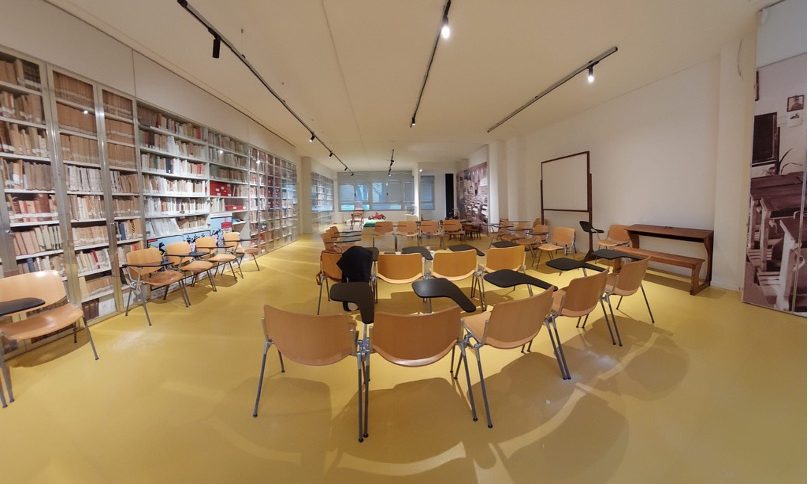The “Paolo and Ornella Ricca” School Museum is part of the Department of Education, Cultural Heritage and Tourism Sciences of the University of Macerata. Thanks to the collaboration of historians, paedagogists and heritage experts, the objects in the museum’s collections have been arranged chronologically from the mid-nineteenth century to the 1980s.
The following are the main rooms where the different historical periods of Italian schooling are illustrated and brought to life through interactive displays, digital projections and showcases.
N. 1 – The Nineteenth Century School
Schooling became public and free, open to all and compulsory for the first time in 1861, when the Kingdom of Italy was born. However, many schools still had to be built and teachers trained. For these reasons, many schools – especially in rural and mountain areas – were set up in the spaces available, such as private houses or vestries, or even attics and cellars. But what did these schools look like? The Italian painters of the 19th century tell us.
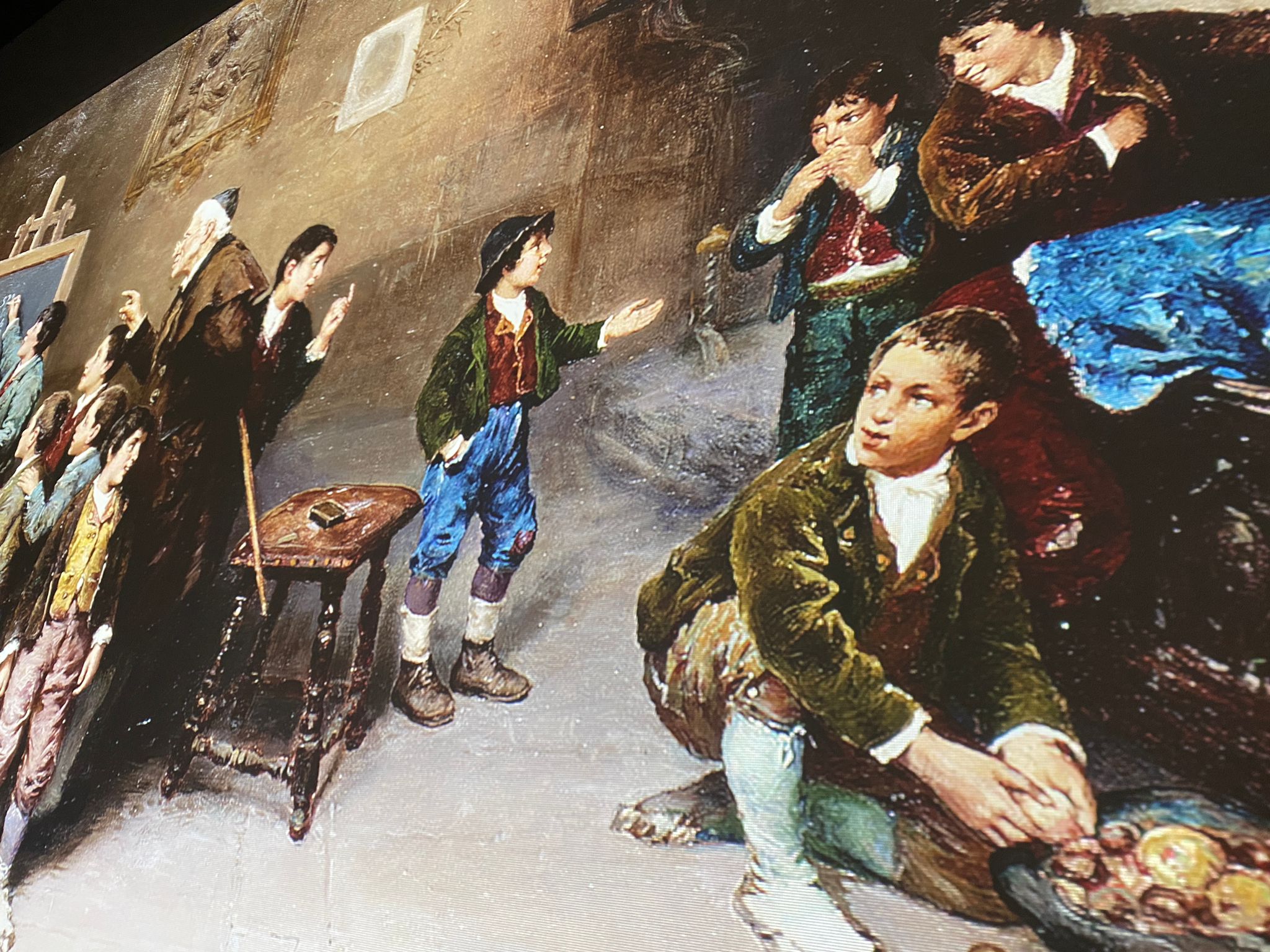
N. 2 – The Timeline of the School History
The history of the Italian School is like a subway line and each stop represents an important milestone. Some stops indicate connections with other important trains, which also cause the School’s history to change. The six display cases of the Timeline allow you to discover how the Italian School has evolved over the years.
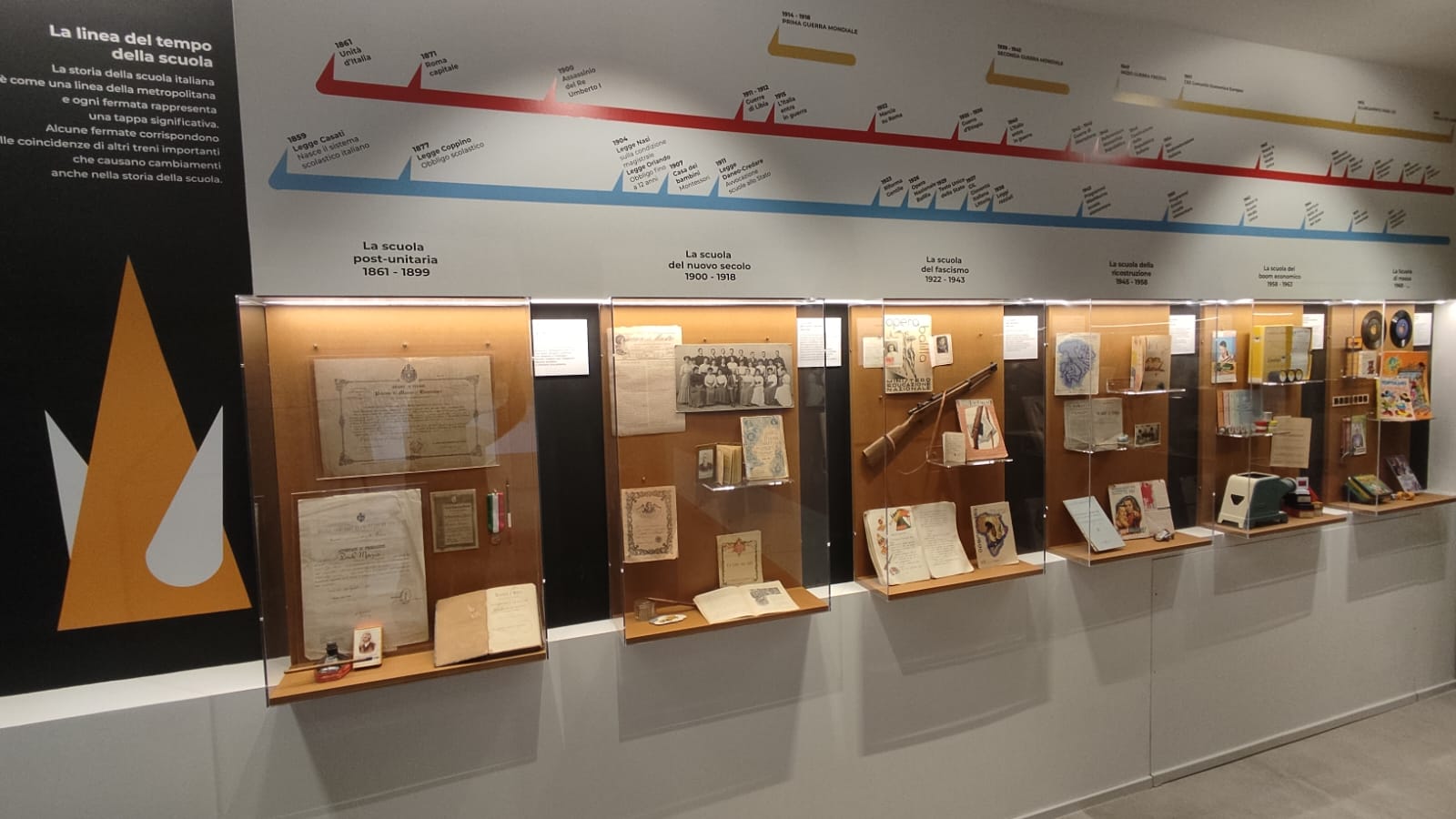
N. 3 – School Bags
Like other workers, students need their own tools. In the first place, you will need a bag for your books, which must be sturdy and have enough space for all the items you will need. In this section of the museum you will learn to distinguish between the shapes and functions of backpacks, bags and old book carriers! You will also learn whether school bags are made of leather, nylon, wood, plastic or imitation leather.
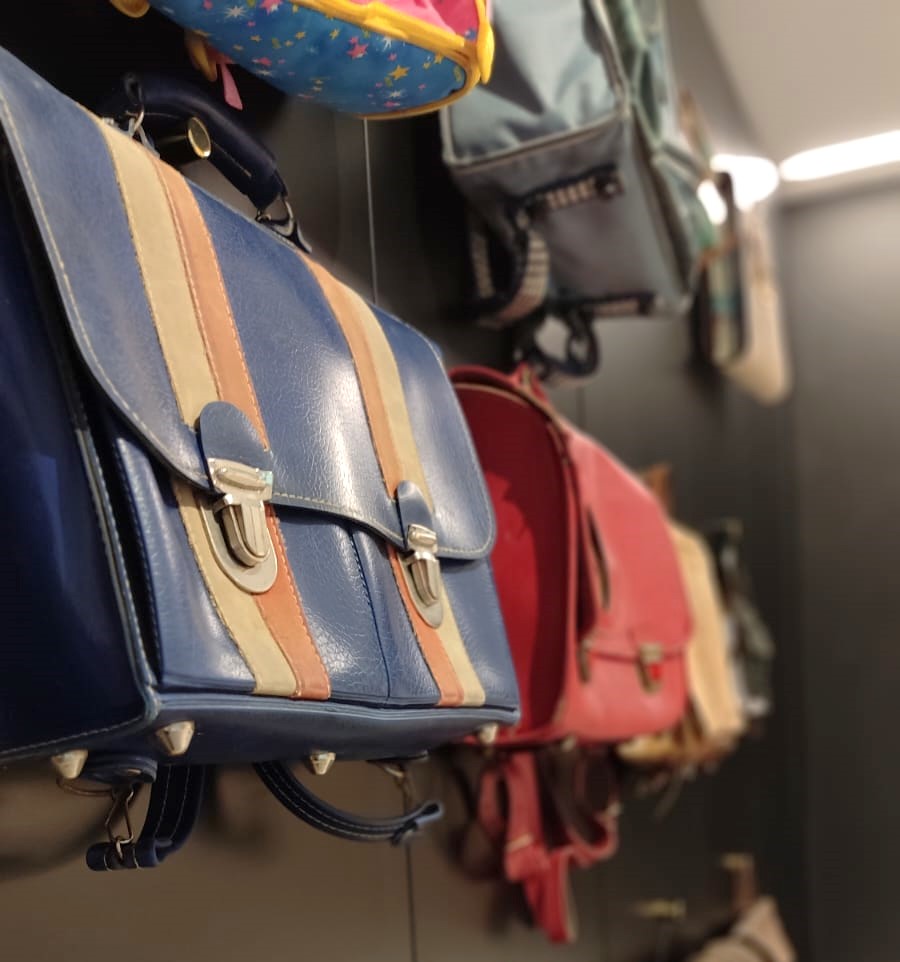
N. 4 – School equipment
Today, as in the past, schoolchildren need many tools for their work: a school bag, as we have seen; a lunchbox for the break; pens, rubbers, pencils and pencil cases; and finally, books for reading, writing and maths. In this gallery, can you recognise the old objects that made up the school kit of the past?
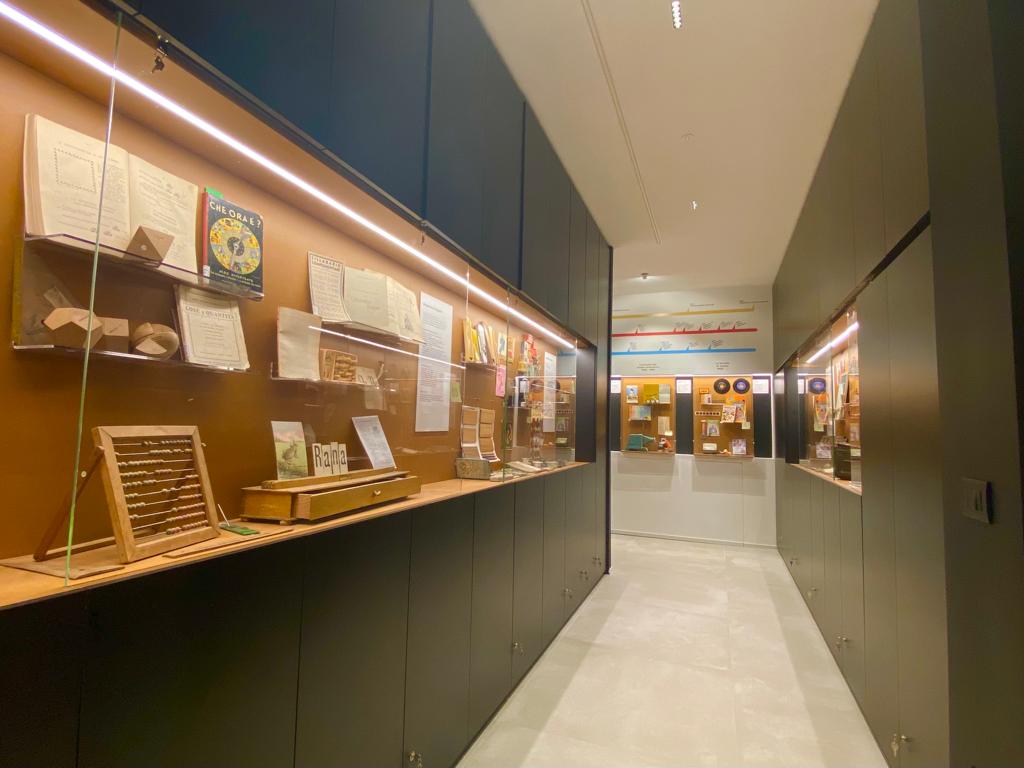
N. 5 – School desks
Two, three or four-seater school-desks? And were the desks attached to the chair or not? But how did the children manage to sit on such narrow and small desks? And why is there a hole in the desk? You will discover these and other things when you visit our School Desk Corridor.
N. 6 – The classroom of Facism
During the Fascist period (1922-1943), the Italian school became the fulcrum of Fascist propaganda. In this classroom you will see how the regime used the school in many ways and with many tools (books, notebooks, school diaries, even pencils) to spread its ideology and train the fascists of the future.
N. 7 – The forgotten schools
After the war and until the 1960s, teachers worked in small schools located in rural farmhouses, damp cellars or dilapidated buildings, often without books, desks, heating or modern bathrooms. Through autobiographies, oral histories and black-and-white photographs, we discover the conditions in which teachers from all over Italy worked to combat illiteracy and provide basic education to boys and girls from the poorest backgrounds.
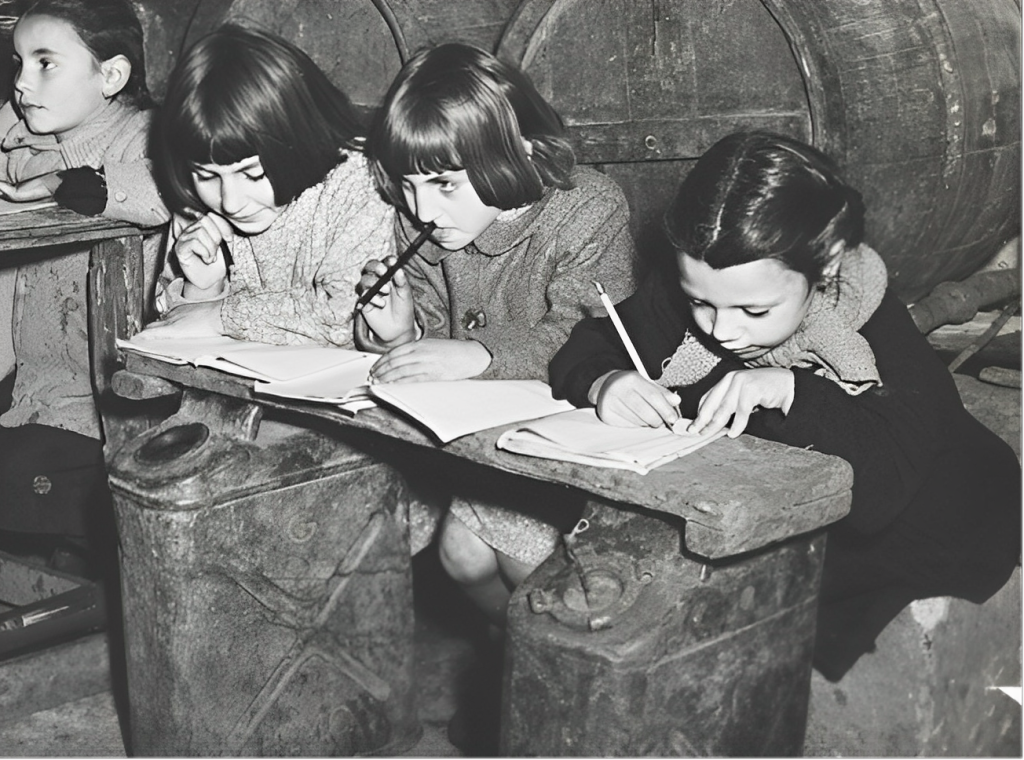
N. 8 – The mass school
With the improved economic conditions following the Italian “economic miracle” of the late 1960s, the number of students increased. Mass education was born, giving everyone access to higher education. But the era of consumerism also began: the classrooms became colourful and full of teaching materials, but also of backpacks and exercise books produced by modern industries (national and multinational) to be bought by the “child consumer”.

N. 9 – The Laboratory Area
In this large open space (the Mudesc LAB), the museum organises lessons, workshops for schools, conferences and temporary exhibitions.
